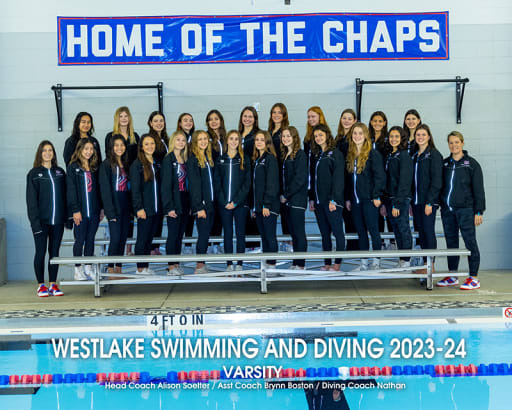9th grade freshman high school swim team
4 min read
9th grade freshman high school swim team
Swimming can be an enjoyable way to meet new people while engaging in an activity you love – yet requires significant time commitments from participants.
Canyon Springs High swim coach Chris Price noted that after the pandemic affected schools and closed classes, children wanted to try new activities; many decided upon swimming as one of its premier disciplines with one of its largest teams seen since its creation ten years prior.
Time commitment
High school swim team students must attend regular practices, typically several times every week. Failing to do so could jeopardize letter eligibility; if this schedule does not fit within their academic, work, or family schedule it may be necessary for them to find alternative extra-curricular activities.
Eligibility for high school swim teams is determined by the athletic director and head coach at their respective school. Some schools have strict requirements that must be fulfilled for participation on their team, including maintaining a minimum GPA or passing certain classes; other requirements vary according to competition levels within the pool and size of its swim team.
Injuryd athletes should attend practice, but are only cleared to swim by trainers or medical staff. Coaching staff makes the final call on whether an athlete enters events based on their chance of success – though every effort will be made to accommodate any athlete preferences, the final decision lies with them and their coach.
Swimming competitively in high school can be both thrilling and draining, so it is crucial for swimmers to find balance in their lives. Academics, swimming and extracurricular activities must all remain manageable without becoming overwhelming – this requires having support from teammates as well as parents.
Training
Swimming is an arduous sport, requiring high levels of fitness and extensive practice time. Swimmers typically attend practices several times each week as well as meets and compete for four months during a season. Through practices and competitions, team bonds form and grow close, while leaders develop leadership abilities as they learn how to compete within an organized system.
While many swimmers opt to continue training with an age-group club after high school graduation, joining their high school swimming team offers them something more: fresh perspectives and skills development while meeting new people and making friendships.
At certain schools, students must participate in tryouts before being eligible to join the swim team. Eligibility requirements depend on both school and sport popularity; some swimmers might even miss out on joining varsity teams entirely!
Navigating a complex life can be challenging for swimmers juggling schoolwork, swimming and extracurricular activities all at the same time. A supportive family and an optimistic attitude are crucial components to their success in managing all three arenas simultaneously. At first, their new routine may seem overwhelming but over time it will become manageable allowing for easier balance between school work and sport life.
Meets
High school swimmers engage in dual meets, which pit two teams against one another and create plenty of excitement. High school teams also tend to be more organized than swim club counterparts and may include team cheers or chants to keep athletes motivated during competition.
Swimmers depending on their coach’s expectations may begin their swimming careers on a sophomore team, which emphasizes developing all four competitive strokes as well as learning racing components such as starts and turns. This team usually practices twice weekly for 1.5 hour each session before attending swim meets.
High school swimming seasons tend to be shorter than club ones, so students must make the most of their time together. Though short seasons can be trying for some swimmers, knowing their teammates have their back can provide additional motivation. As seniors head into their final year of high school it can make even more sense for them to give each meet their best effort so they can leave with memories they will carry through life with pride and pride.
Competition
High school swim team members tend to put team success before their own individual success, which can serve as a powerful motivator. When teammates cheer on one another at practices or competitions, it gives each of them incentive to work harder at practice or push themselves even harder during competitions when knowing that their peers have their back and will support them no matter what.
As eligibility requirements may differ depending on your school, students often must meet certain standards to compete on their swim team. These could include meeting attendance requirements, maintaining a certain grade point average and passing certain classes; many schools also require tryouts to ensure students make it onto their varsity squad – especially considering swimming season usually lasts four months, making it hard to juggle academics while simultaneously managing a sport like this!
As part of her Club team, my daughter also participated in league championships during AP testing and other significant events that consumed much of her time, leaving only limited time for academic work and swimming practice. One of her friends decided not to continue swimming after freshman year due to its overwhelming time commitment; rather she wanted to focus on improving her grades so as to qualify for scholarships for college.




